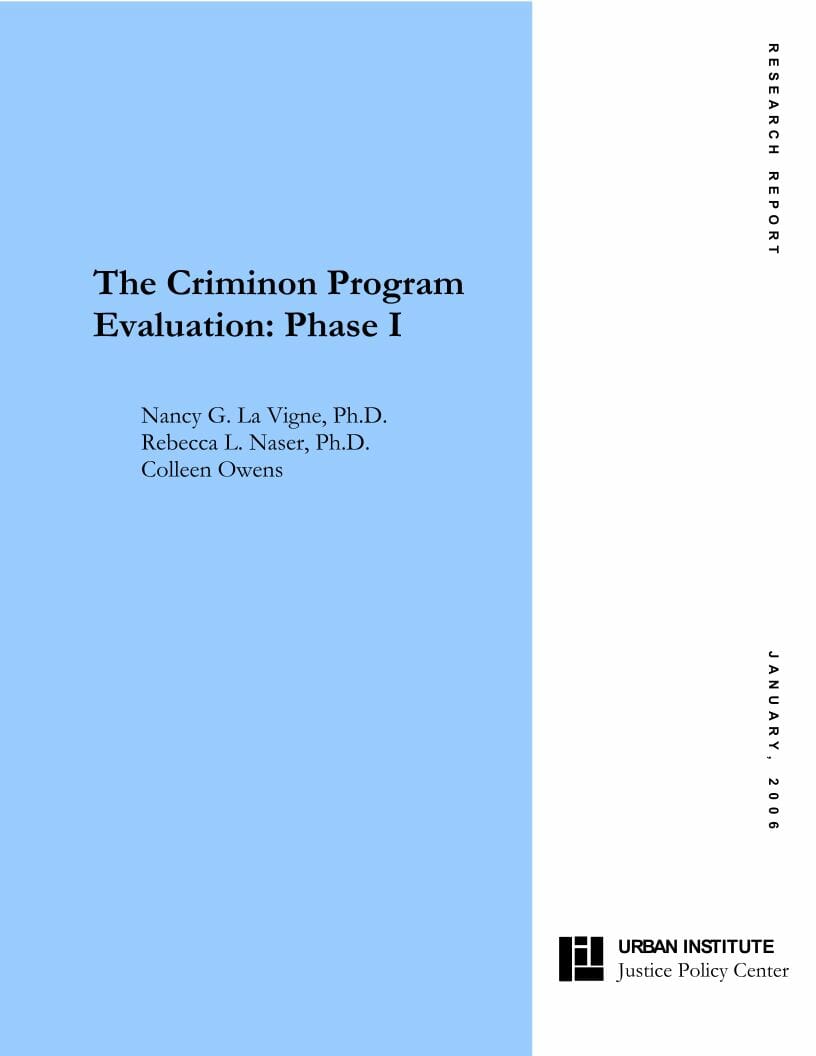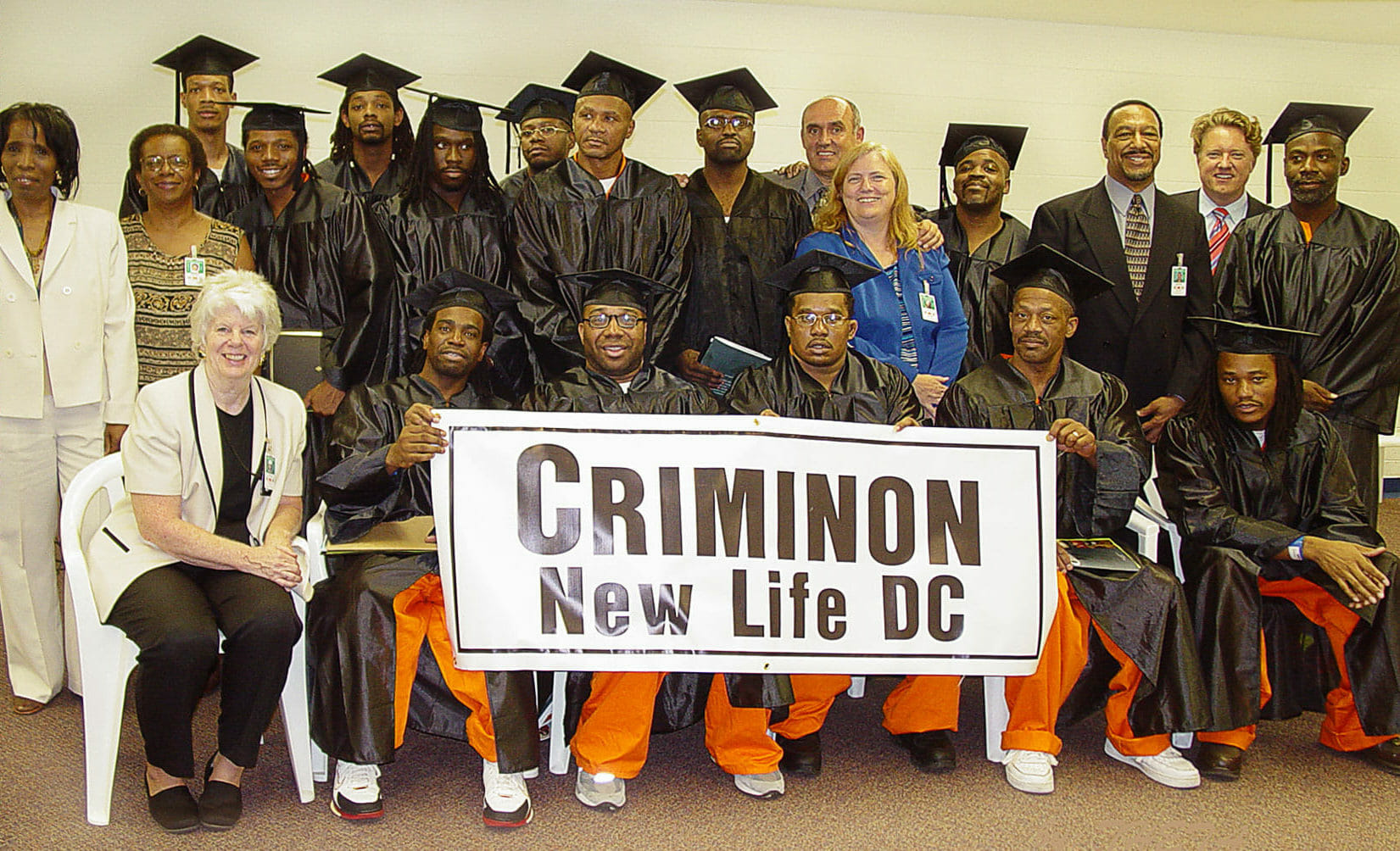Our Impact
Correctional facilities using the Criminon program have reported that inmates who graduate the program are less aggressive, hostile and violent and that they are in better communication with other inmates, their families and prison staff. These inmates show a marked improvement in their behavior and show a willingness to improve themselves and others around them.
This results in fewer disciplinary problems and in turn reduced stress to correctional officers, making their jobs easier and prison environments safer for both inmates and correctional staff.
In addition, many Criminon graduates have been moved to less secure housing or lower security prisons as a result of their self-control and good behavior, reducing costs of more secure incarceration.
Awards & Recognitions

Awards and Recognitions from around the globe, showing the work Criminon has done in changing people’s lives.
Studies & Whitepapers

White papers, studies and professional papers on the Criminon program, from the United States, Latin America and Asia.
Successes with Criminon

Success for the Criminon program in people’s lives from around the world.


